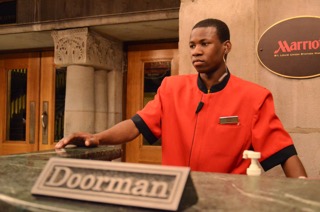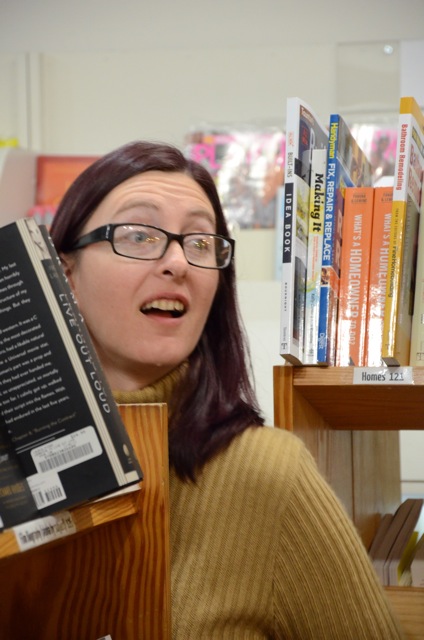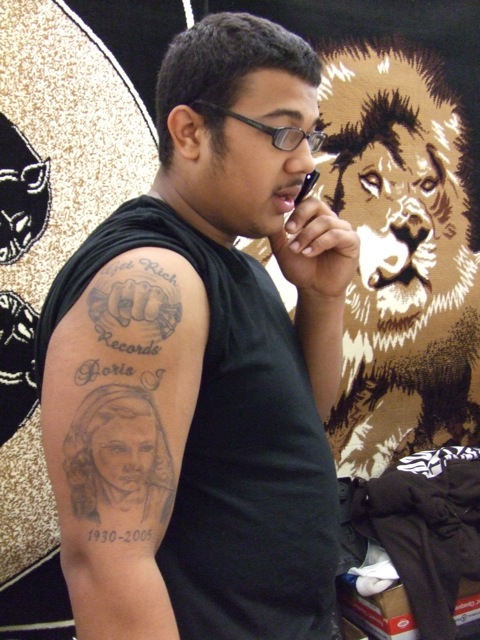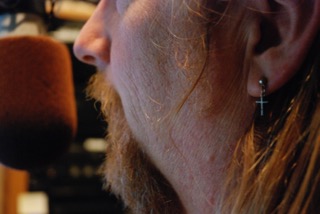Toxic Taps: Lead is still the problem
Long-form and video investigation of water pipe replacements that can cause a spike in water lead levels / 4503 words and 6+ minute video / Investigative Reporting Workshop and nbcnews.com’s Open Channel
By Sheila Kaplan and Corbin Hiar, with contributions from Hilary Niles and Julie Stein
Millions of Americans may be drinking water that is contaminated with dangerous doses of lead. The Environmental Protection Agency (EPA) knows it; state governments know it; local utilities know it. The only people who usually don’t know it are those who are actually drinking the toxic water.
The problem stems from a common practice in which water utilities replace sections of deteriorating lead service lines rather than the entire lines, commonly known as partial pipe replacements. It is a course of action that can do more harm than good.
“It’s scary and the magnitude of this problem is huge,” said Dr. Jeffrey K. Griffiths, a Tufts University professor of medicine and public health, who recently chaired an expert panel advising the EPA on the problem. “I didn’t realize how extensive the lead exposure still remained. … EPA is really deeply concerned about this …. This was not something they expected.”






